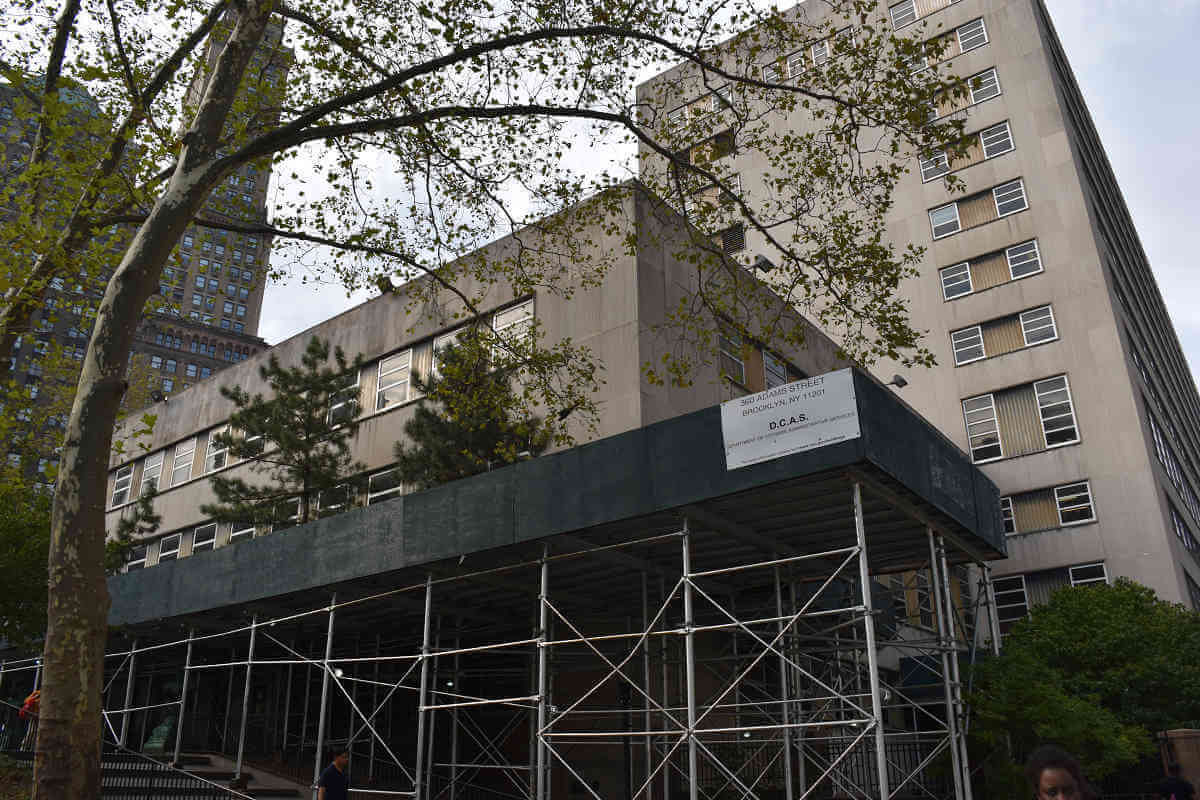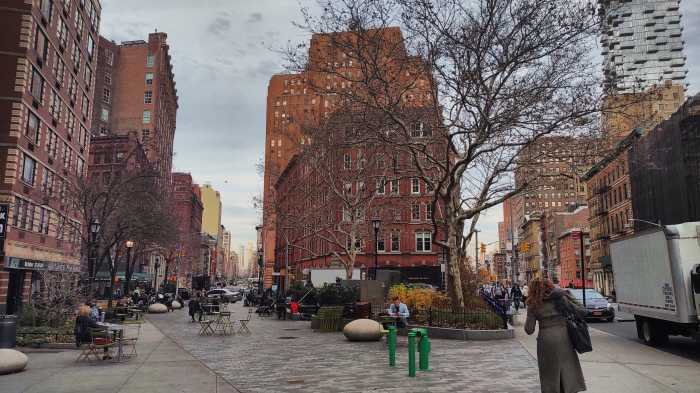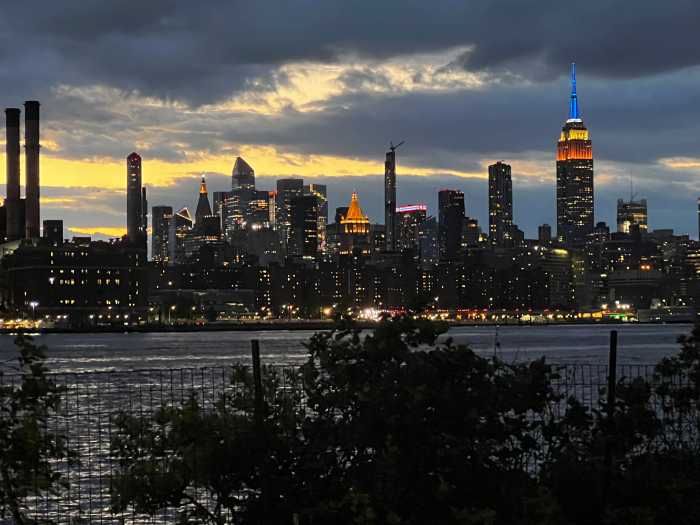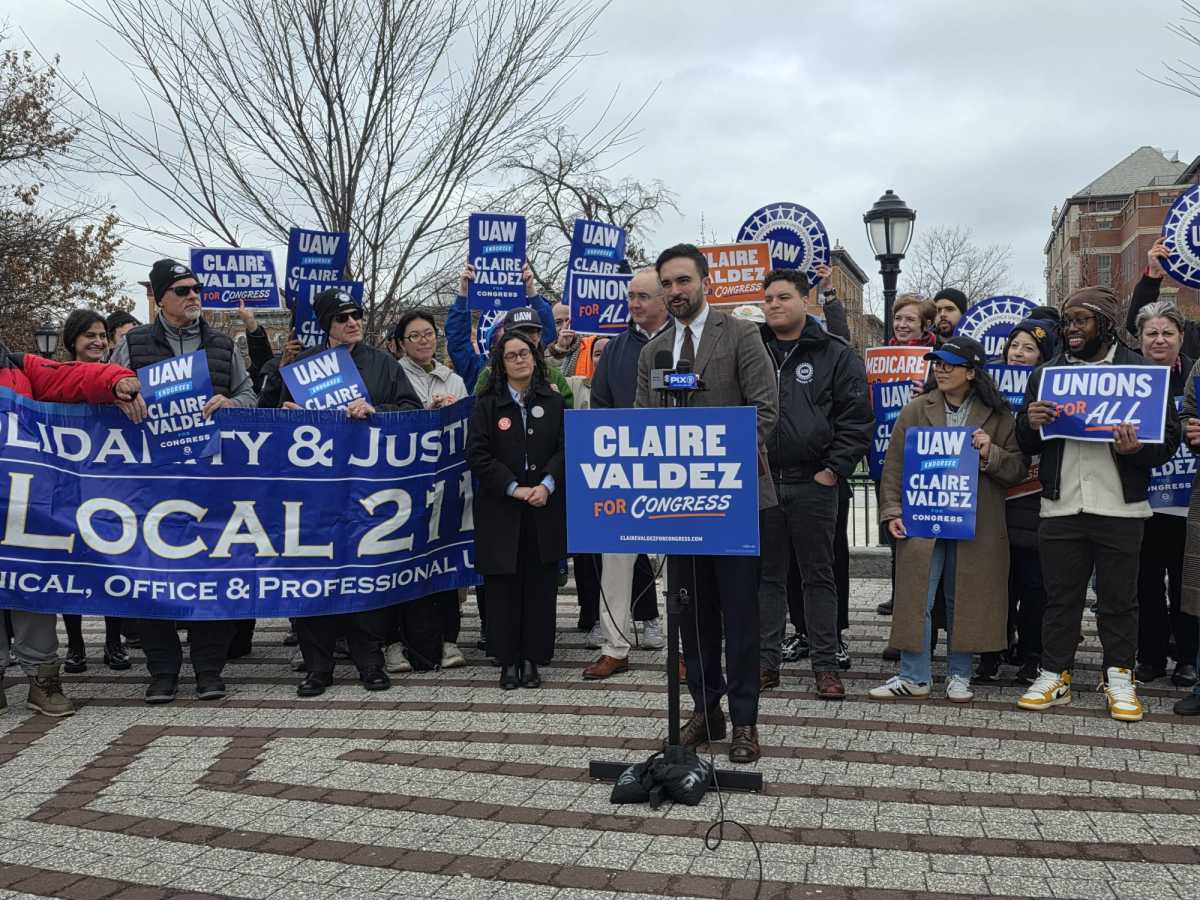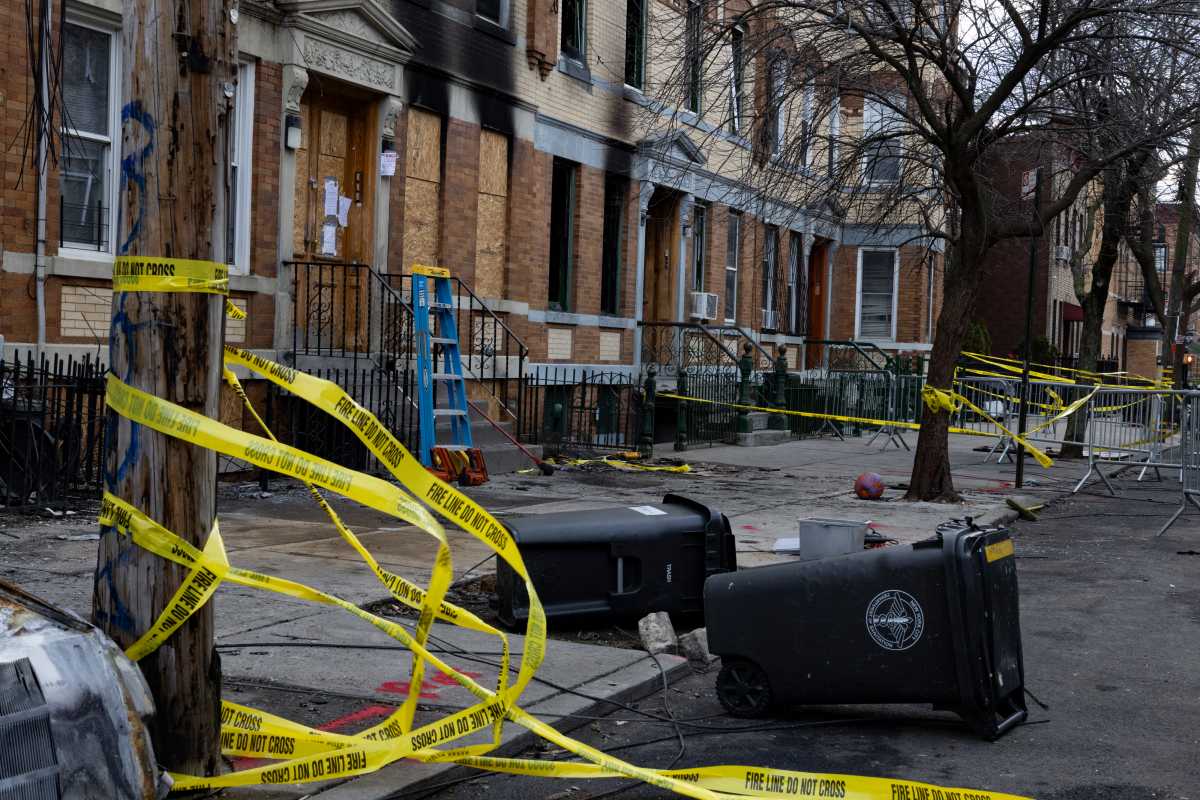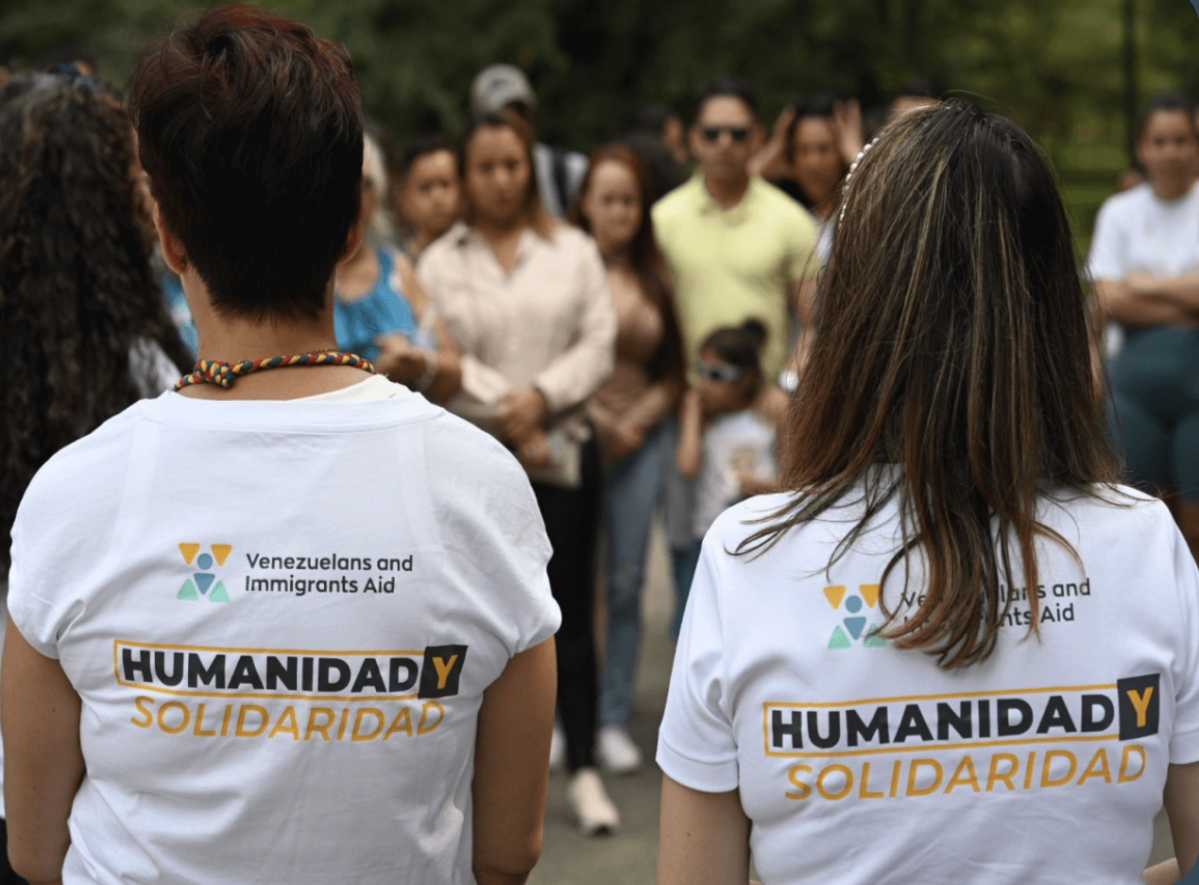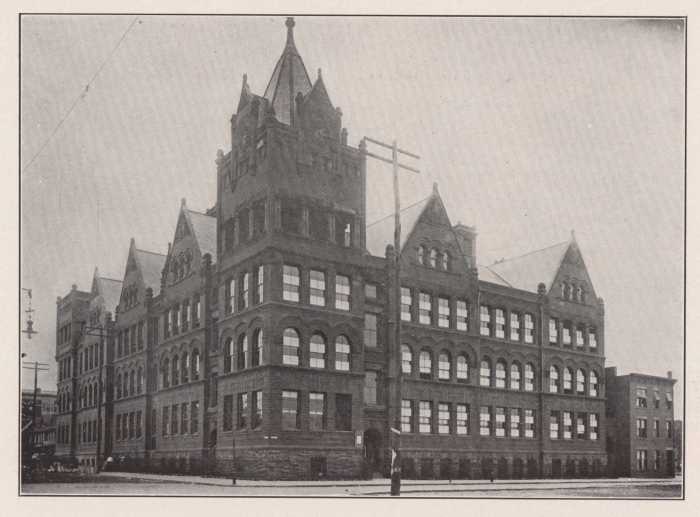If you were to approach a New Yorker on the street and ask what bothers them about the city, the prevalence of scaffolding and sidewalk sheds would probably be high on their list. With nearly 400 miles of public sidewalks covered by these structures, New York City stands alone in its reliance on this outdated practice. This is emblematic of failed policy decisions that prioritize short-term solutions over the long-term wellbeing of our communities, and it’s time we confront this issue head-on.
Scaffolding has become a permanent fixture on our streets, obstructing pedestrian access, stifling small businesses, exacerbating public safety issues, and diminishing the beauty of our urban landscape. This pervasive presence is not just an inconvenience; it represents a fundamental flaw in how we manage construction and building safety. In contrast, other cities have successfully navigated these challenges with more effective regulations, proving that we can do better.
To address this pressing issue, a number of colleagues and I have introduced City Council legislation to reduce the prevalence of sidewalk sheds and improve them when they’re necessary. Three of my bills are part of this legislative package, and I’m hopeful that we will pass them so that New Yorkers will get relief.
I’ve introduced legislation that will impose time limits on property owners who erect scaffolding. Intro. 661 will require that Department of Buildings permits are pulled and that work is completed within 6 months of installing the sidewalk shed, in addition to other benchmarks, ensuring that our streets are not prohibited by prolonged construction projects. The Department of Buildings will be required to communicate any expected delay in distributing the work permits. Some scaffolding is up for many years because irresponsible property owners aren’t taking the steps necessary to do the facade work. By establishing clear deadlines, with extensions given only when the property owner is making a good faith effort to complete the work, we can encourage efficiency and accountability, ultimately restoring the accessibility and charm of our public sidewalks.
Insufficient lighting beneath sidewalk scaffolding not only creates an atmosphere of unease but can also lead to accidents and public safety issues. I introduced Intro. 660, which would improve lighting standards for scaffolding. Lighting technology has advanced beyond outdated fluorescent glass bulbs that are dim and not environmentally friendly. By requiring the installation of LED lights with higher lumens per watt, we can ensure these areas are well-lit and safe for pedestrians at all times while also saving energy. Bright, efficient lighting will foster a more inviting atmosphere beneath the structures that have become so common throughout our city.
Scaffolding can be particularly harmful in public parks and playgrounds, which is why put forward Intro. 659, which would establish heightened design standards for scaffolding in these spaces. A prime example of the need for this legislation can be found at Matthews-Palmer Playground, where scaffolding has obscured the basketball court for over five years. This ongoing obstruction not only deprives our youth of a vital recreational space, but it also serves as a stark reminder of how ineffective policies can undermine community engagement and wellbeing. This legislative change will help beautify our neighborhoods and maintain the integrity of our public spaces.
Government needs to take a more active interest in addressing problems that subtract from the quality of life for New Yorkers. By addressing issues that impact daily living, like sidewalk obstructions, we can create a more livable and vibrant urban environment.
Focusing on these essential aspects not only enhances residents’ well-being but also fosters community engagement and pride, ultimately contributing to a healthier, more dynamic New York City.
The time for change is now. Let us work together to reclaim our streets from the shadows of scaffolding and sidewalk sheds, and create an urban environment that reflects the spirit and vitality of our great city.
Read More: https://www.amny.com/opinion/



